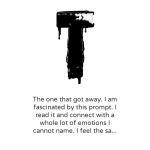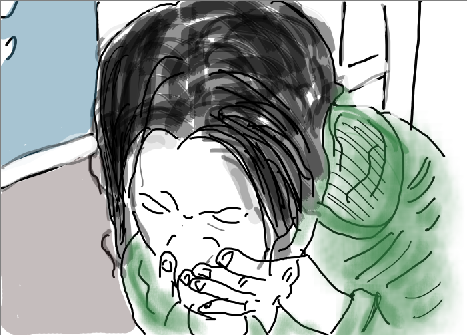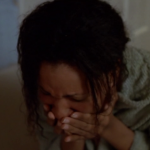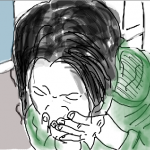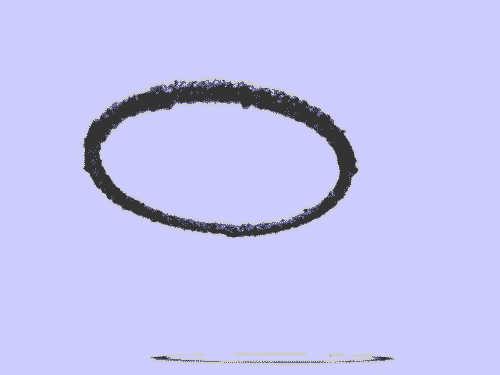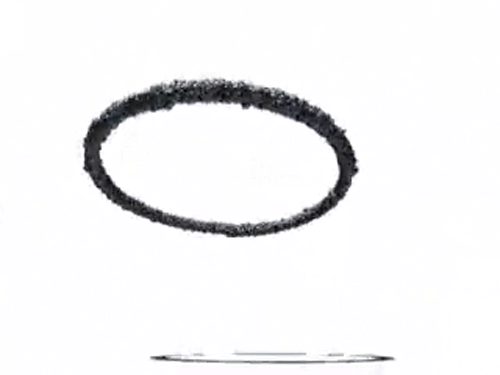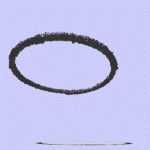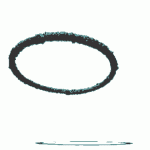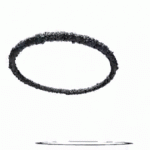Dear Committee,
Urgent! You need to take action immediately. It seems that my video notes about the research have been stolen. I managed to take down the video in You Tube and for now our other location is safe. Somebody infiltrated the hospital secure ward and stole my materials.
I hope you will find it in your heart to forgive my mistake and not choose to terminate me.
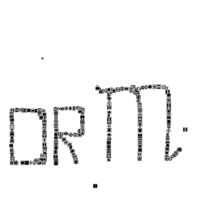
Behind the scenes
It all started with me setting out to do the daily create. We were meant to explore boundaries in a video. I thought about it all day and decided I wanted to focus on social boundaries. What happens when these collapse and we end up airing our dirty linen in public without intending to? I remembered about the idea of context collapse as described by Michael Wesch amongst others.
Re-read the paper and it also explored what happens one step beyond contexts collapsing for us in our virtual lives. We imagine and prototype of ‘the public’ but this overwhelms us. So we hide in an ‘ideal private’ that is context free as we broadcast ourselves to the world (potentially). All that is left is the echo of ego in the mind.
Context collapse takes on a new dimension in which the
collapse of infinite possible contexts, what we might call a virtual “ideal type”
of “the public,” itself collapses with the individual’s construction of an ideal
private outside of all contexts. The scene exemplifies what Anthony Elliot and
Charles Lemert (2005) describe in The New Individualism as the “disappearance
of context” in which “we have replaced the old contexts of tradition and custom
with a focus on our individual selves” (p. 13).
Mike’s paper is about You Tube Vlogging and how it can be used to develop self awareness. I figured I could turn this inside out by using to tell the story of Dr M who is looking to find ways to ‘get residents to give information’ in the fictional village of The Prisoner.
It was of interest to me that in the prisoner the psychological torture is always about deleting contexts. A sense of claustrophobia develops as you watch as the psyche turns inwards. In that case physical and mental. In the case our online lives, contexts collapse via social media. Is there a way that context collapse may affect our mental health? This led me to the idea of spiritual narcism.
Spiritual narcissism is the feeling or thought that 1) I´m a spiritually advanced being, enlightened, third tier etc. and 2) because of that I deserve love and respect.
In the series, N6 has only himself. Can he trust himself? Does this drive him mad? I am reminded of the idea of being an ‘un-mutual’ in one of the episodes. Compliance in that case is forced by the threat of complete isolation. As N6 walks around the village, everyone turns away. It made me wonder if this ‘idealised private context’ we create when we engage in open online activity is to some extent driven by our fear of becoming ‘un-mutual’. Feeling suitably dystopian after #prisoner106 work today.
The daily create turned into a whole day’s exploration. Boundaries and what they mean have always interested me. Perhaps I should have kept to physical spaces….my front porch?
I cannot even start to offer information about the making of the video. Nothing worked as planned. I was going to be a ‘quick’ iMovie pull together a few fun things to take the story forward and explore boundaries. Let me just say it was not that. I ended up having to find and relearn the old iMovie. There was ScreenFlow, there was Audacity, there was Quicktime, there was Freesound.org and a stiff neck from sitting here all day making this ‘quick’ daily create. In the end, I was reminded of the simplicity and ease of the old iMovie as well as had much fun thinking about human boundaries collapsing, us becoming overwhelmed by the whole of life being accessible online and that driving us mad. <insert suitably scary loud laughter sound here>

